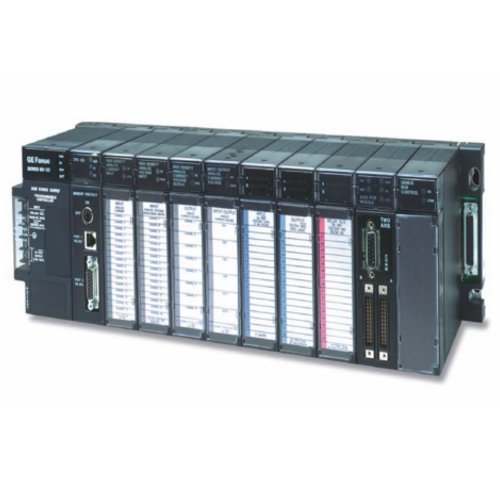
Easy Troubleshooting Guide for the GE Fanuc Series 90-30 PLC System
INTRODUCTION: GE FANUC 90-30 TROUBLESHOOTING GUIDE
The GE Fanuc Series 90-30 PLC System has the largest installed base of all GE PLCs. With over three decades of expertise, PDF Supply presents this streamlined troubleshooting guide to help users quickly identify and resolve common PLC issues.
There’s an old saying: “If you don’t know where you’re going, then any road will take you there.”
This guide will help you find the root cause of your PLC issues and guide you step-by-step toward a practical solution.
STEP 1: INSPECT POWER SUPPLY STATUS
Check the four LED indicators on the front of the power supply. A green 'PWR' LED indicates functional power in and out of the supply. If this LED is off:
-
Install a battery on the front of the CPU to preserve the program.
-
Replace the power supply.
Note: The Series 90-30 includes 8 different power supply modules.
STEP 2: INSPECT CPU POWER-UP STATUS
Check the green 'OK' LED on the CPU:
-
ON: CPU has passed its power-up test.
-
OFF: Most likely a hardware fault — replace the CPU.
Note: The Series 90-30 includes 17 different CPU modules.
STEP 3: INSPECT CPU RUN STATUS
A green 'RUN' LED means the CPU is actively solving logic and is in run mode. If it is green, the issue likely lies with I/O modules or field devices.
If this LED is off, further steps will guide you in resolving the fault.
STEP 4: INSPECT BATTERY STATUS
Ensure the red 'BATT' LED is OFF. If it's ON:
-
Carefully open the 'Battery' compartment on the power supply.
-
Replace the battery while the PLC is still powered ON.
-
If there are two battery connectors, install the new battery before removing the old one.
WARNING: Powering down during battery replacement will likely cause program loss.
STEP 5: CPU OUT OF 'RUN' MODE
If the 'RUN' LED is off, your CPU is likely in 'STOP' mode. To investigate:
-
Connect a programming unit to the RS-485 Serial Port on the power supply.
-
Use programming software to access the fault tables.
STEP 6: VIEW FAULT TABLES
Open the I/O and CPU fault tables within your software. These will include time/date stamps and may indicate the rack and slot of the failed module.
-
Resolve the issue.
-
Clear the fault tables.
-
Monitor for new faults upon power-up.
Repeat this process until the system is back in full operational mode.
Contact PLG Automation
Email: sales@plgautomation.com
Phone: 800-906-9271
